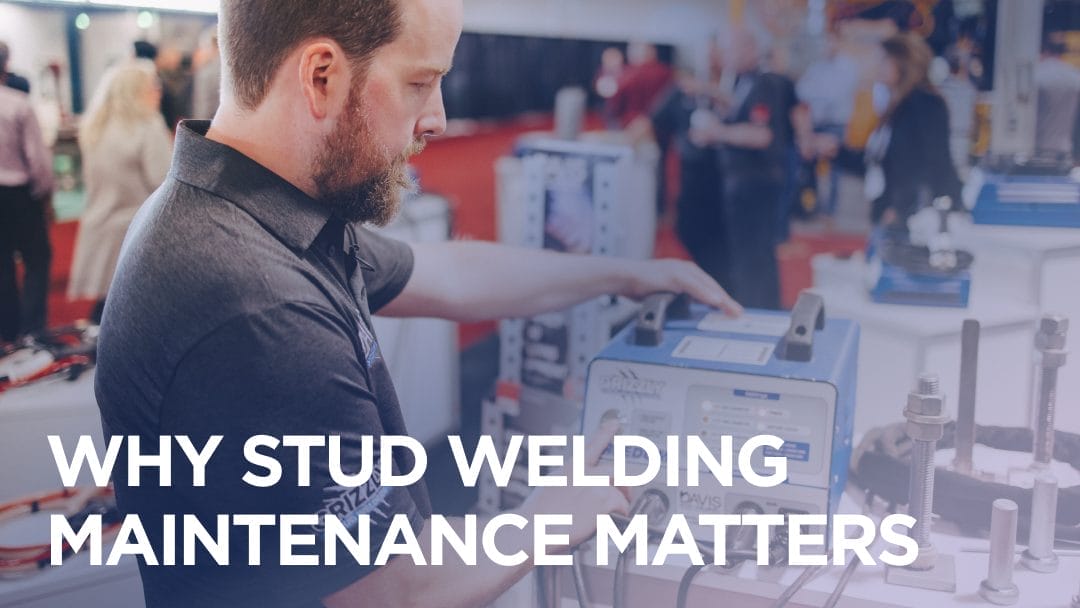Picture this: You’re in the middle of a critical welding project when your equipment suddenly fails. We’ve all been there, and it’s not just frustrating – it’s expensive. After 15 years in the welding industry, I’ve learned that maintaining stud welding equipment isn’t just about preventing problems; it’s about ensuring your success on every project.
The Hidden Costs of Neglected Equipment
Let’s be honest – maintenance often takes a backseat when deadlines loom. But here’s what I’ve witnessed firsthand: those quick “time-saving” shortcuts usually end up costing more in the long run. Think inconsistent welds that need rework, unexpected downtime that throws off your entire production schedule, and repair bills that could have been avoided.
The Smart Manufacturer’s Guide to Equipment Care
Daily Cleaning: Your First Line of Defense
Remember that saying about an ounce of prevention? It’s especially true for stud welding. Every day, I spend just 10 minutes after my last weld doing these crucial checks:
First, I thoroughly wipe down the welding gun and power supply. It’s amazing what a difference this simple step makes – just last week, a client called with “faulty equipment” that turned out to be simply clogged with debris.
Next, I run my hands along the cables, feeling for any signs of wear. Those cables are like the arteries of your welding system – when they’re compromised, nothing works right. Pay special attention to your ground connection – it’s often the culprit behind those mysteriously inconsistent welds.
The Art of Calibration
Think of calibration like tuning a musical instrument. When everything’s in harmony, you get perfect welds every time. Focus on:
Your lift and plunge alignment should feel as smooth as butter. If there’s any catching or resistance, something’s off.
Power and timing settings need regular fine-tuning. Temperature changes and wear can throw these off subtly, but the impact on weld quality is anything but subtle.
The Parts You Can’t Afford to Ignore
Here’s something most manufacturers learn the hard way: those small components – your chucks and grips – can make or break your entire operation. I recommend keeping a maintenance log and replacing these parts before they show obvious signs of wear. Trust me, it’s cheaper than dealing with failed welds or equipment damage.
Smart Storage Strategies
Living in areas with high humidity, I’ve seen perfectly good equipment deteriorate faster than it should. Create a dedicated storage space that’s:
- Temperature-controlled (think comfortable office environment)
- Dry and well-ventilated
- Protected from dust and debris
When to Call in the Experts
Even with perfect maintenance, professional servicing is like an annual physical for your equipment. It catches those subtle issues that could become major problems. At Davis Stud Welding, we’ve seen countless cases where routine maintenance prevented catastrophic failures.
The Bottom Line: Investment That Pays Off
Think of maintenance as an investment rather than an expense. Regular care leads to:
- Fewer emergency repairs (and we all know those always happen at the worst possible times)
- Consistently high-quality welds that keep your customers coming back
- Equipment that lasts years longer than poorly maintained alternatives
Share Your Experience
Every manufacturer has their own maintenance tricks learned through experience. What’s worked best for you? Share your insights in the comments below – let’s learn from each other and keep our operations running smoothly.
Need expert guidance or professional servicing? Reach out to us at Davis Stud Welding. We’re here to help keep your equipment performing at its best.
For personalized support and technical expertise, contact Davis Stud Welding today.

